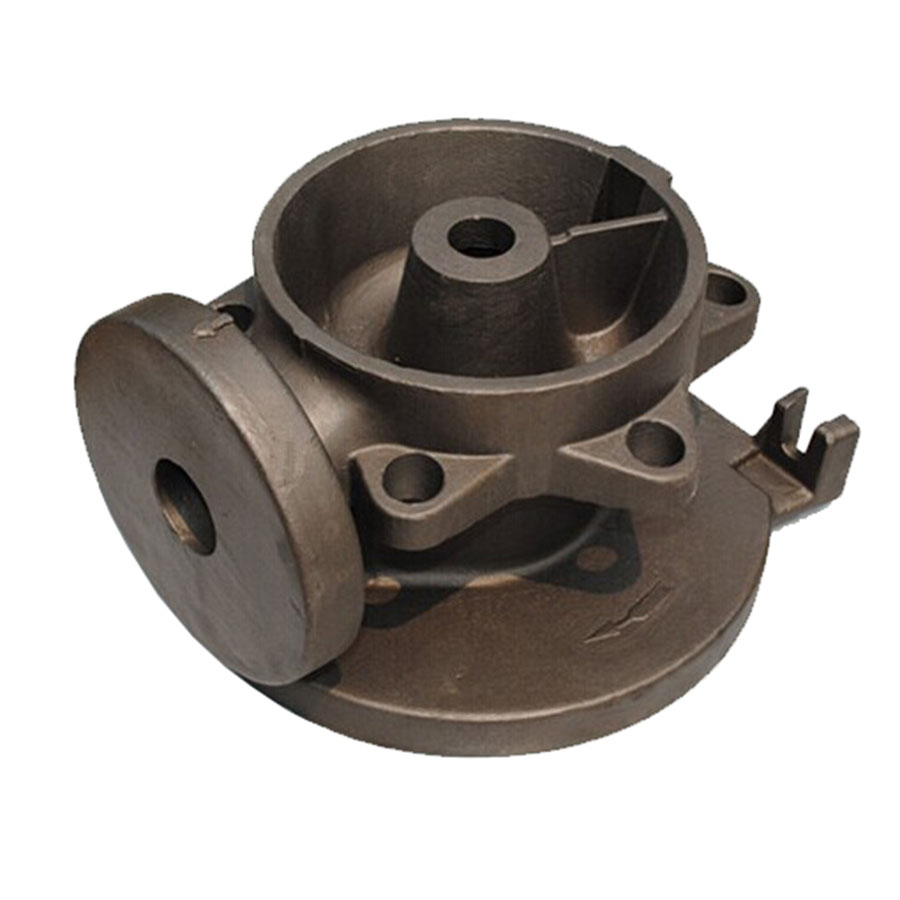
Precision Lost Wax Investment Casting of Ductile Iron
Material: Ductile Cast Iron Process: Lost Wax Investment Casting + CNC Machining Weight: 6.20 kg Application: Machinery Parts
The wax is melted out of the pattern – which is why it is also known as the lost wax process – and molten metal is poured into the cavity. When the metal solidifies, the ceramic mold is shaken off, leaving the near net shape of the desired casting, follow
During the investment casting process, a wax pattern is coated with a ceramic material, which, when hardened, adopts the internal geometry of the desired casting. In most cases, multiple parts are cast together for high efficiency by attaching individual wax patterns to a central wax stick called a sprue. The wax is melted out of the pattern – which is why it is also known as the lost wax process – and molten metal is poured into the cavity. When the metal solidifies, the ceramic mold is shaken off, leaving the near net shape of the desired casting, followed by finishing, testing and packaging.
With very few exceptions, the ceramic shell has replaced the solid mold method of investing the wax assembly. This is accomplished by dipping the wax assembly or tree into a ceramic slurry followed immediately by a coating (stucco) of dry refractory grain. (The composition of the slurry and refractory grain is selected primarily based upon the alloys cast). The coated assembly is then allowed to dry in a controlled environment. The dip, stucco and dry steps are repeated until a shell of sufficient thickness has been formed. Typically a minimum 3/8 inch thick shell is required to achieve a green strength capable of withstanding the pressure of wax expansion during de-wax. Since investment shells are cast unsupported, it is also necessary to have a fired strength capable of holding the weight of the metal cast, another consideration for determining the shell thickness.
 русский
русский



